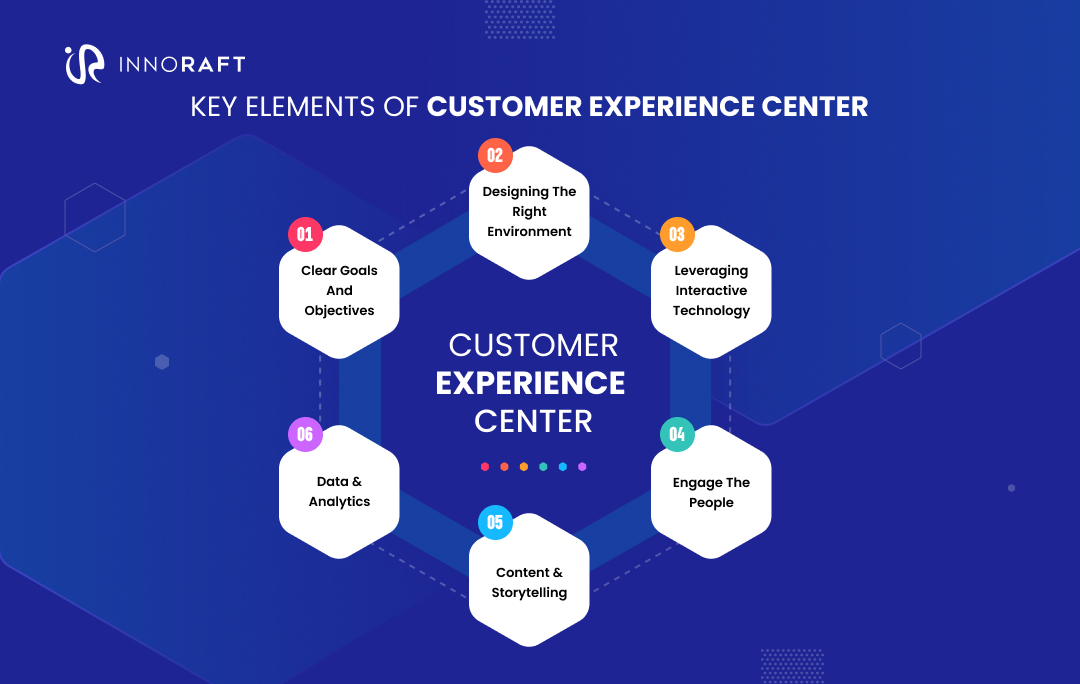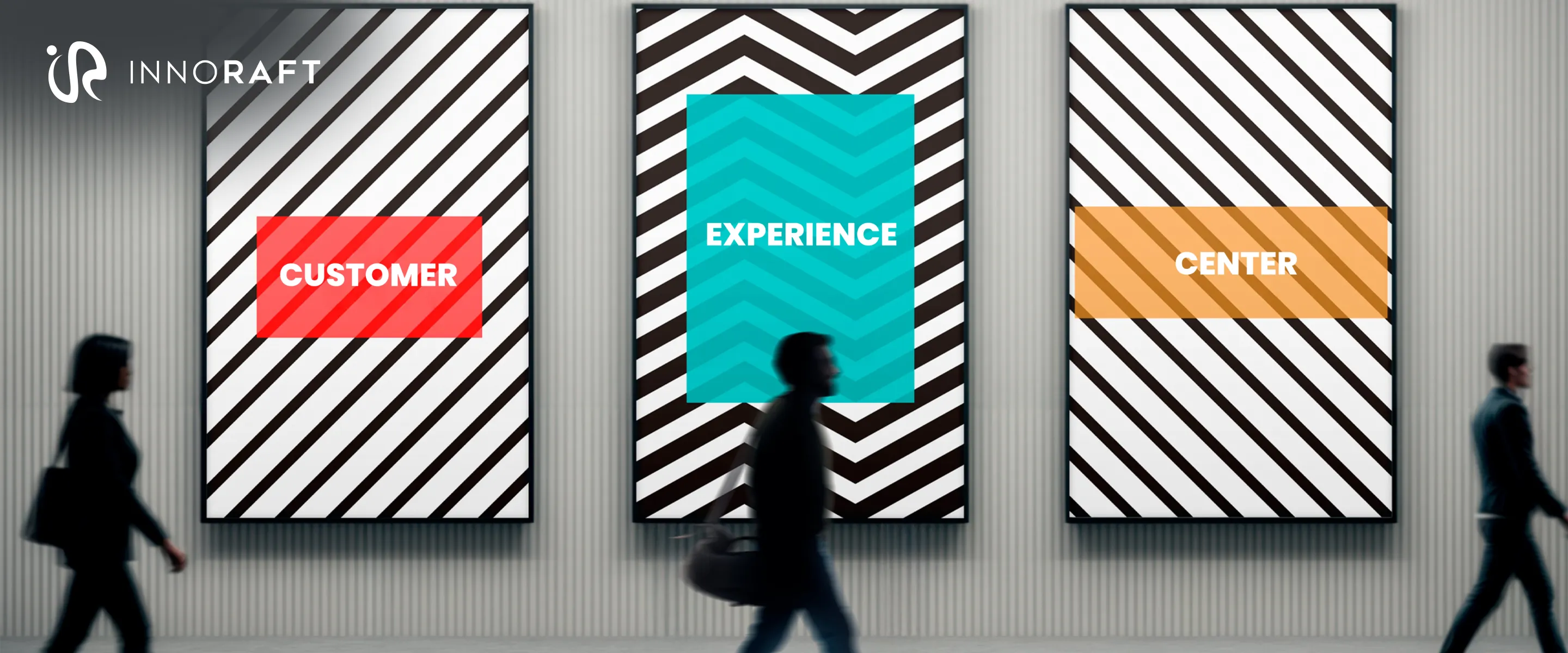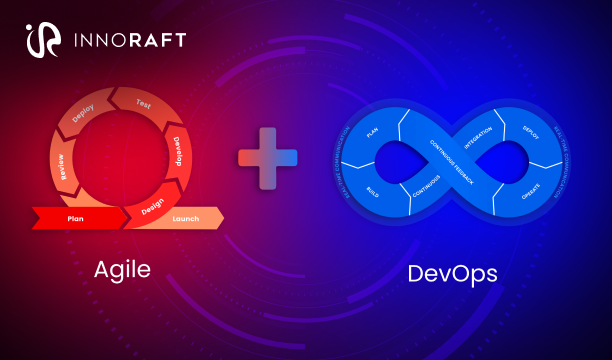"How is my brand different from my competitors?"
The question above has become the singular point of consideration for the majority of business owners, especially in the context of a hyper-competitive, oversaturated market. Customers today have more choices than ever, and the deciding factor is no longer about what you offer; it is how you make them feel.
To truly stand out, you need more than just a polished pitch, a revamped website, or realigned service offerings for your customer needs. You need a place where people can "Experience" your brand story firsthand. You need a Customer Experience Center for enterprises.
CECs are purpose-built spaces—physical, digital, or hybrid —designed to bring your brand, services, and value proposition to life. They turn passive presentations into immersive journeys that educate, inspire, and engage. And when executed well, CECs can become the single most powerful tool in your customer-centric business model and engagement strategy.
Let's break down what is Customer Experience Center, what makes them so impactful, and why they might be the missing link in your sales and marketing strategy.
What is a Customer Experience Center (CEC)?
Imagine a room where every wall tells your business story—what you do, how you do it, and most importantly, why you do it. That, in essence, is a Customer Experience Center (CEC).
A CEC is a dedicated environment designed to give customers, partners, and internal teams a 360-degree view of your capabilities through a curated, interactive journey. These interactive B2B experience centers go far beyond product demos or sales decks. They offer hands-on experiences, real-time problem-solving, and a narrative that invites participation. Whether it’s a high-tech physical center or a dynamic virtual portal, the goal is the same: to turn information into impact.
Here's a detailed list of CEC elements and purposes to help you understand why businesses are making CECs part of their customer-centric innovation strategies.
What are the Key Elements of a Customer Experience Center?
A CEC is built on several key elements to ensure it works the best way. Here are the foundational elements.

Start with Goals:
Every successful Customer Experience Center strategy starts with clear goals. Before you build anything, define your business goals—and understand your customer’s. Who’s walking in? What do they care about? What outcomes matter to them? A clear set of goals sets the tone for everything that follows.
Design the Right Environment
The space—physical or digital—isn’t just a backdrop, it is part of the experience. Think adaptive layouts, intuitive flow, and immersive sensory design for real-time personalization in experience centers. And ensure accessible user experience: a virtual CEC should feel just as engaging as being in the room.
Use Tech to Deepen the Story
Technology should amplify the message, not compete with it. Interactive displays, VR walk-throughs, AI-driven content—it’s all in service of personalization, clarity, and emotional connection. Additionally, plugging it with your CRM can help you make the experience more personalized while gathering more data.
Lead with People
Tech might impress, but people create trust. The role of CEC in business growth is all about building a stronger, more transparent relationship with your customers, and to achieve that, you need to lead with a people-centric mindset. From subject matter experts to skilled facilitators, every person in the room should know how to listen, guide, and adapt.
Make the Story Matter
Modern Customer Experience trends are all about connecting to the brand on a deeper, more personal level. To establish such a connection, lead with the “why,” not just the “what.” Tell stories that show real problems being solved—and shape them around the customer sitting in front of you.
Let Data Close the Loop
Every visit to CEC is a learning opportunity. Use surveys, engagement data, and post-visit behavior to see what landed—and what missed. Then iterate. A CEC should never be static. It should evolve.
Why do Businesses Need Customer Experience Centers Today?
Providing personalized experience is no longer difficult. You can easily enhance your website UX to achieve stellar personalization. So, why do you need to build interactive B2B experience centers? It’s not just about adding another shiny asset to your HQ or digitizing your product brochure. It’s about aligning your customer engagement strategy with how decisions are really made today—through experience, emotional connection, and insight.
Let’s break down the core purposes to understand how Customer Experience Centers boost brand loyalty:
Build a Differentiated Customer Journey and Brand Identity
Your competitors may offer similar products or services—but none can replicate your unique story. A CEC brings that story to life. It allows you to create immersive, interactive, and highly personal customer-centric innovation strategies. Rather than tell people what your brand stands for, you create a space where they can feel it, experience it, and live it.
Offer a 360-degree View of Your Products and Services
With a traditional sales pitch, you're often limited by time—or by the customer's understanding. A CEC allows you to expand that conversation. Through modular, interactive content, clients can explore your offerings at their own pace. They can zoom out to see the big picture or dive deep into the specific solutions that matter most to them.
Build Consensus Among Decision Makers
Internal misalignment can be one of the biggest blockers to closing deals. But, a well-executed experience in a Customer Experience Center for enterprises gives all stakeholders a shared reference point. It creates a collaborative space where everyone —technical teams, business leaders, and procurement —can come together, gain clarity, and align around a common vision.
Mitigate Perceived Risks
For your customer, choosing a new partner or solution often feels risky. What if it doesn’t work? What if the team can’t deliver? The real-time personalization in experience centers helps ease those concerns by showing—not just telling—how your solution works in real-world scenarios. It gives them a chance to test-drive the experience and see evidence of success.
Serve as a Hub for Co-innovation and Feedback
Customer Experience Center meaning is not only limited to a space where customers learn about your services. It is a co-creation space, where customers can contribute insights, feedback, and even co-design new solutions. This ongoing loop of engagement fosters innovation grounded in real-world needs and keeps your offering future-ready.
Nurture and Expand Existing Relationships
Customer relationships don’t end after a deal is signed. CECs provide the perfect environment to re-engage existing clients with new ideas, roadmap previews, or collaborative strategy sessions. This deepens the relationship, increases lifetime value, and positions you as a long-term strategic partner—not just a vendor.
How CEC Has Become a Game Changer for Businesses?
Customer experience centers are not just shiny innovation showcases. They are strategic assets that are proving to be transformative across industries. Here’s how the benefits of Customer Experience Center can be a game changer for your business-
Shifting Customer Relationship Dynamic
In traditional engagement models, customers are on the receiving end of one-way communication—brochures, PowerPoints, scripted demos. CECs flip that script to align more with the modern customer experience trends. Instead of being passive listeners, visitors become active participants in a co-creation journey. They don’t just hear about what you offer—they experience it. This shift from presentation to participation redefines your relationship from transactional to consultative. And that changes everything.
Creating Memorable and Immersive Experiences
Let's be honest: no one remembers each slide from your powerpoint presentation. But they do remember how you made them feel. The immersive customer experience trends 2025 demand a memorable, clear, and personalized experience, and CECs help you deliver just that. Whether it's stepping into a fully immersive virtual environment, engaging in real-time simulations, or interacting with products through touch, sound, and sight, CECs build powerful emotional connections. These experiences make your value proposition not just clear—but unforgettable.
Accelerating the Sales Cycle and Boosting Revenue
When done right, CECs become more than storytelling hubs—they’re deal-accelerators. By addressing stakeholder questions, clarifying use cases, and demonstrating ROI in real time, you can use CEC for accelerating sales cycles. Your clients leave with not just more excitement but more clarity and confidence. That reduces decision fatigue and shortens the sales cycle—resulting in faster closures and bigger wins.
Ensuring High Success Rates
Customer Experience Centers don’t just help with acquisition—they’re also instrumental in setting the stage for success post-sale. Because the experience is highly tailored and rooted in the customer’s actual challenges, the outcomes are more aligned. The result? Higher implementation success rates, better customer satisfaction, and stronger retention metrics.
Fostering a Culture of Customer-centric Innovation
CECs are not one-way streets—they're two-way engagement engines crucial for your customer-centric innovation strategies. Your clients aren't just exposed to your innovations; they contribute ideas, share feedback, and co-develop use cases with you. Over time, this fosters a culture of innovation that's driven by real-world problems and grounded in customer needs. It's no longer just R&D dictating the roadmap—your customers are part of that conversation now.
Building Unshakable Brand Loyalty and Advocacy
Brands that deliver standout experiences win loyalty. CECs don’t just help customers like your brand; they make them believe in it. That kind of brand equity drives long-term retention and advocacy, turning customers into champions who tell your story for you. And in today’s trust-driven economy, that kind of word-of-mouth is priceless.
Expand the Deal Size and Value
The immersive nature of Customer Experience Center for enterprises helps prospects see the full breadth of your capabilities, not just the initial solution they came looking for. This often leads to broader conversations, expanded scopes, and larger deal sizes. What starts as a conversation about one service offering usually evolves into a strategic partnership across multiple touchpoints.
Customer Empowerment
With CEC, you're not just selling a product; you're elevating the customer's understanding of their own challenges—and equipping them with the tools to solve them. That empowerment builds confidence, sets realistic expectations, and cultivates better business outcomes for both parties.
Conclusion
It is no longer enough to just tell people why you're different—you need to show them.
A well thought out Customer Experience Center strategy offers a powerful way to bring your brand to life, transform how you engage with customers, and create lasting impressions that lead to meaningful results. From accelerating sales cycles and expanding deal sizes to fostering innovation and building brand loyalty, the CEC is not just a general or digital marketing initiative—it's a strategic imperative.
If you're ready to move beyond static presentations and start delivering experiences that resonate, a Customer Experience Center might just be your next big move.
Because in the end, the businesses that win aren't just the ones with the best products—they're the ones with the best stories, told in the most unforgettable ways.
FAQ
Frequently Asked Questions
Didn’t find what you were looking for here?




